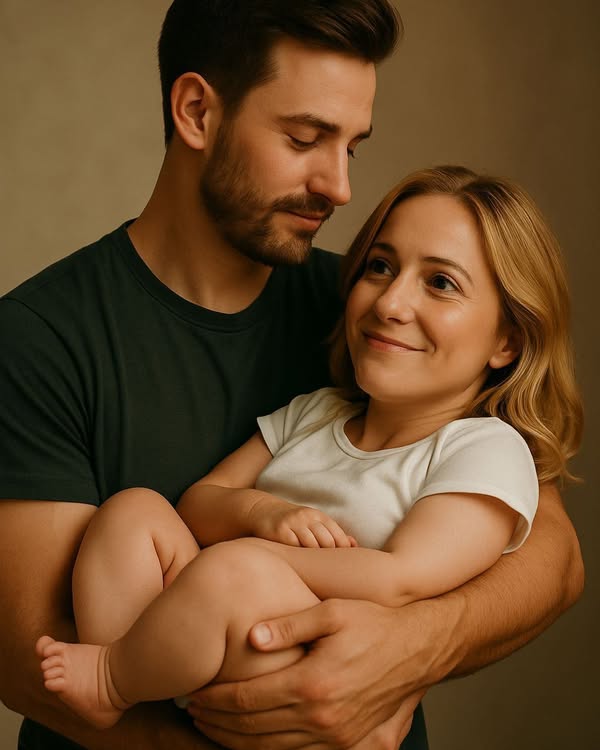Being Well Regulated
You want to prep, you want to train, you want to be ready; but what, exactly, should you train?
For years, the Rifleman tried to find legitimate instruction. There would be a group here or there that would say they train, but most didn't. And the former military folk they had could never agree on what was important. They'd always argue and fight over what was important... to the point that it would seem like they really didn't know.
The reality of it was this: the military folk who had been there and done that were rarely good instructors. This is not a knock on them... they were great infantrymen, they just weren't geared to have the patience to teach.
But, as the Rifleman learned more and more, and as progress was made, it became clear what needed to be trained.
This list is not all inclusive (no list ever is). However, this list has been formulated with the input and advice of several Army and Marine Infantry men, several Forward Observers, a Combat Medic or two, and several other relevant sources. Additionally, much of the detail can be found in the US Army Ranger Handbook, US Army Guerilla Warfare Handbook, and Field Manual FM 3-21.8 (FM 7-8) The Infantry Rifle Platoon and Squad March 2007.
What do you need to train? Simple: Rifle and handgun basics, patrolling, close quarters combat, amd combat life saving. Surely, more can be added, but these are the basic fundamentals.
Gun Basics
The fundamentals of all gun basics can be summarized thusly:
1. Be able to hit what you aim at (marksmanship).
2. Be able to bring your firearm to bear quickly enough to make a difference.
3. Be able to fix stoppages.
4. Be able to do 1-3 smoothly.
Pistol Basics
Grip
Draw
Aim
Reload
Fixing stoppages
Marksmanship.
Rifle Basics
Grip
Draw
Aim
Reload
Fixing stoppages
Marksmanship.
Patrolling Basics
Formations - ranger file and staggered column.
Security patrols and recon patrols.
Range cards.
Hasty ambush.
React to Contact - disengage, and advance.
Medical evacuations.
Bounding overwatch.
Bounding by 2's.
Standard Patrol situations - halt, kneel, go prone, get up, move forward, leaders meeting, circle up, 360 security, Etc.
CQB Basics
Stacking up
Breaching
The Fatal funnel
Making entry
Dealing with corners
Dealing with dead space
Rear security
Additional rooms
CLS - combat life savers
Tourniquet application
Packing a wound
Applying a chest seal
Medical evacuation
Considerations
Of course, in combat, you should be shooting, moving, or communicating. The big part of this is communication. Proper communication - verbal communication and hand signals - is necessary in each of these courses of study. Also, please note, that controlling, CLS, and CQB are all dependent upon small team tactics. It would be difficult to do any of these things solo.
In the Rifleman's estimation, the above topics are all part of the phrase "well regulated" from the Second Amendment. Every man, woman, and child over the age of 12 would do well to achieve a basic mastery of the above topics. Children under 12 do very well in patrolling and CLS.


Comments
Post a Comment
Your comment will be displayed after approval.
Approval depends on what you say and how you say it.